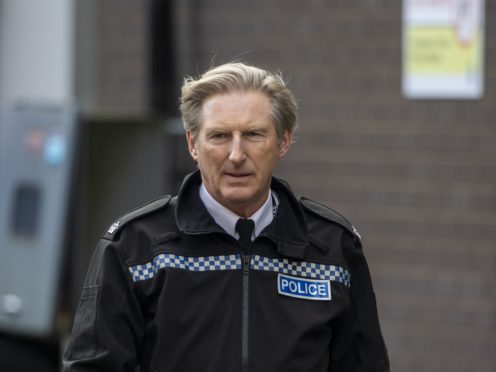The BBC has received complaints from Line Of Duty viewers who were unhappy with how a character with Down’s syndrome was referred to, the corporation has said.
The police thriller returned for a new series on Sunday evening, with anti-corruption unit AC-12 investigating a new case regarding the senior officer in an unsolved murder case.
The first episode saw Terry Boyle, a character with Down’s syndrome played by Tommy Jessop, arrested for the murder of journalist Gail Vella.
Forgot #LineOfDuty returned tonight?! Get yourself on @BBCiPlayer now, before the spoilers appear! pic.twitter.com/r5izHSishz
— Line of Duty (@Line_of_duty) March 21, 2021
The character was referred to as an “oddball” by Superintendent Ted Hastings (played by Adrian Dunbar) which drew complaints from viewers.
However, the BBC said Supt Hastings’ remark was not a reference to his disability, but rather to the theory he was stalking the journalist.
The BBC said: “Superintendent Ted Hastings’ comments were not in reference to the character Terry Boyle’s disability – Ted Hastings had never met Terry Boyle.
“Hastings was looking only at the evidence against Boyle, namely the press cuttings of Gail Vella found in his flat.
“The word ‘oddball’ means an eccentric person and has no meaning or connotation of disability and Hastings was referring to the stalker/obsessed fan theory of Gail Vella’s murder.”
The show hit a new record with its return at the weekend, pulling in 9.6 million viewers.
It peaked at 9.8 million and a 44.4% share, making it the biggest overnight rating for a Line Of Duty episode, the BBC said.
It beat the finale of the last series, which had an overnight figure of 9.07 million.
The figures also make Line Of Duty the biggest drama launch since 2014, the BBC said, when Call The Midwife was watched by 9.6 million.
